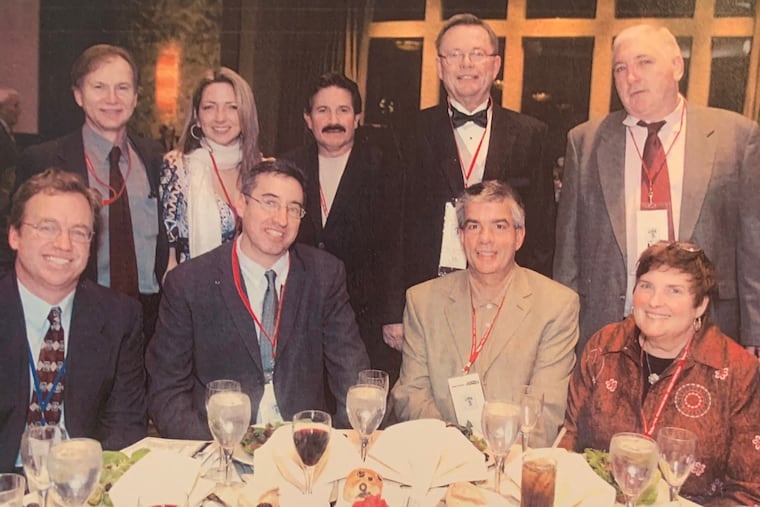A half-century of spilled drinks and Hall of Fame roommates later, a final look back | Frank Fitzpatrick
I’ll officially turn in my laptop on Friday, 6/11. That seems appropriate since 611 is also the state route number for Broad Street, The Inquirer’s longtime address.
